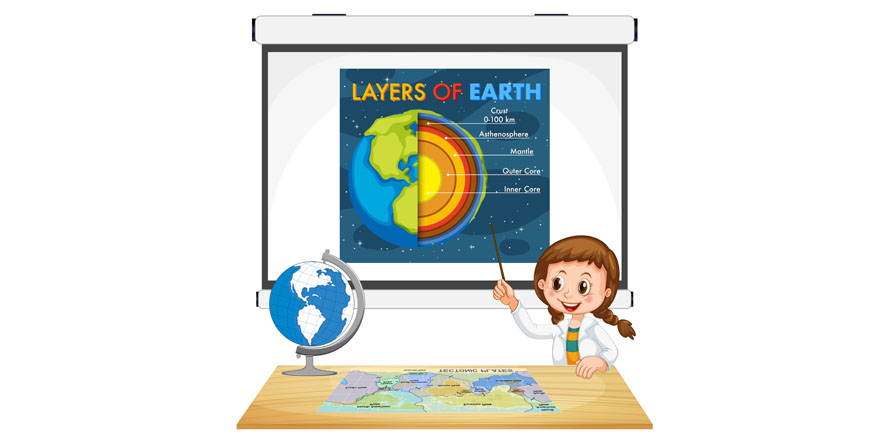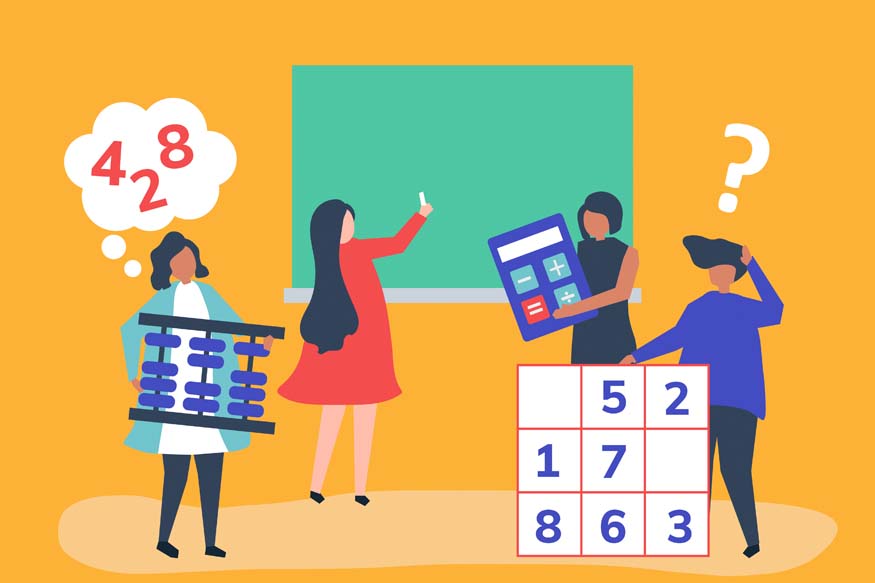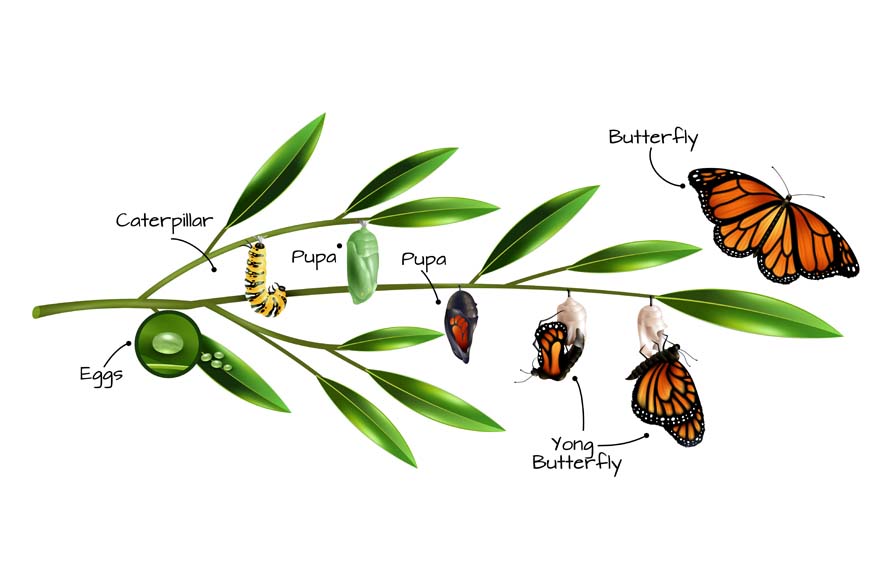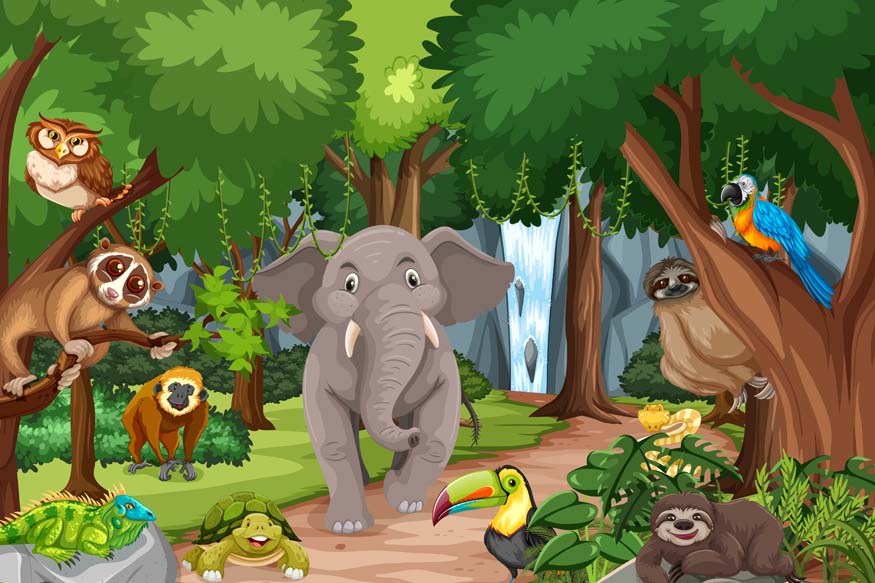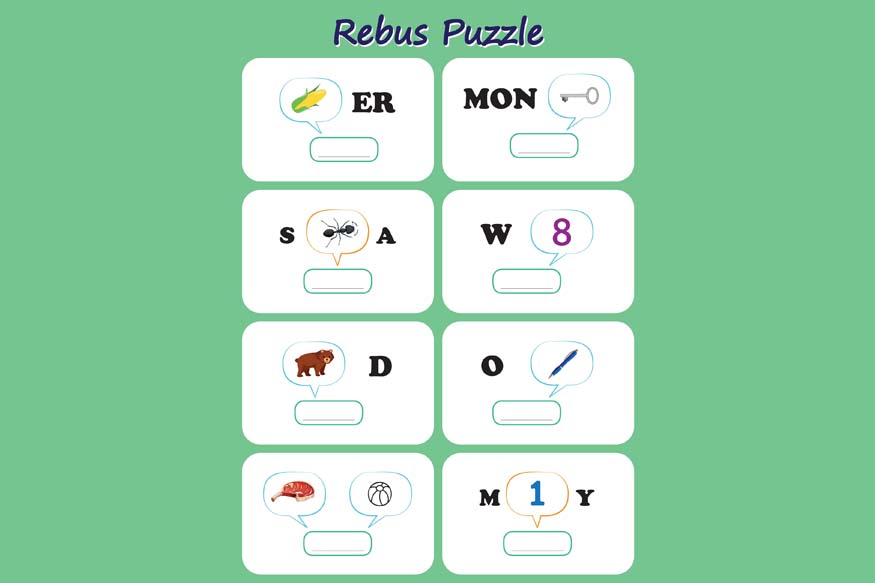Geography is a fascinating subject that allows students to discover both physical and human aspects of the world. Getting students involved in geography projects is a great way for them to enhance their understanding, sharpen their critical thinking abilities, and use what they have learned in real-life scenarios.
You can help your child learn geography in a fun and engaging way by adding enjoyable activities to their education. This approach will not only give them a better understanding of the world around them but also develop important skills like critical thinking and spatial reasoning, which are essential for doing well in school and life. Here are some comprehensive and engaging geography project ideas designed for young learners.
Geography project ideas for young learners
It is really important to give kids a strong understanding of geography, especially as we move into a time when being aware of space and location is key. Kids who know geography well can grasp the changing world around them, which helps them become more informed and responsible global citizens.
- Design a world map
- A large piece of paper or poster board
- Coloured markers or crayons
- Globe or atlas for reference
- Sketch the outline of the world map on the large paper.
- Split the map into continents and oceans.
- Have students colour each continent in a different shade and label the countries and oceans.
- Encourage students to include major landmarks like mountains, rivers, and cities.
- This project not only boosts students’ understanding of world geography but also sharpens their map-reading abilities.
- Construct a 3D model of a landform
- Clay or play dough
- Cardboard base
- Paints and brushes
- Reference images of various landforms (like mountains, valleys, volcanoes, etc.)
- Select a landform to create (for example, a mountain, valley, or volcano).
- Use clay or playdough to form the landform on the cardboard base.
- Paint the model to add details such as plants, water features, and elevation changes.
- Label the different sections of the landform and write a brief description of how it was formed and its characteristics.
- Start a weather observation project
- Weather journal or notebook
- Thermometer
- Barometer (optional)
- A rain gauge (optional)
- Cloud chart
- For one week, have students keep track of daily weather observations, noting temperature, humidity, cloud cover, wind speed, and any precipitation.
- Utilise the thermometer, barometer, and rain gauge to get accurate weather measurements.
- Compare the data collected with weather forecasts and discuss any differences.
- Compile a weather report summarising the findings and explaining how weather patterns influence daily life and the environment.
- Dive into cultural geography with a heritage project
- Poster board or display board
- Photographs or images
- Art supplies (markers, glue, scissors)
- Information about different cultures (books, internet)
- Have students select a culture or country to investigate.
- Gather information about the chosen culture, focusing on traditions, food, clothing, festivals, and languages.
- Create a poster or display board highlighting the findings, including photographs, images, and descriptions.
- Encourage students to present their projects to the class and share fascinating facts about the culture.
- Organise a Virtual Field Trip
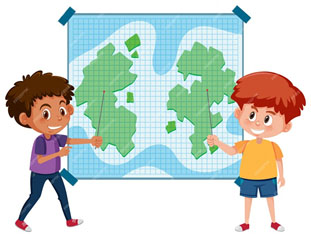
One of the most fun geography projects is designing a world map. This activity helps students learn where countries, continents, and oceans are located.
Materials needed:
Instructions:
Building a 3D model of a landform is a thrilling geography project that helps students grasp physical geography concepts.
Materials needed:
Instructions:
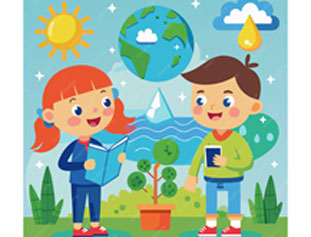
Weather observation is a fantastic geography project that allows students to learn about atmospheric conditions and how they impact the environment.
Materials needed:
Instructions:
Cultural geography examines how human cultures interact with their environments. A heritage project is an engaging way to introduce students to various cultures and traditions.
Materials needed:
Instructions:
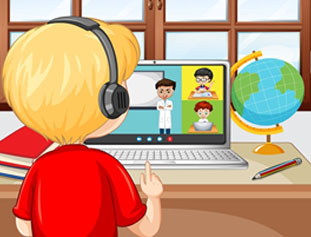
A virtual field trip is a creative geography project that lets students discover various geographical sites right from their classroom.
Materials needed:
- A computer or tablet with internet access
- A list of websites for virtual field trips (like Google Earth, National Geographic Kids, or Virtual Museum Tours)
Instructions:
- Pick a geographical site or landmark to explore online (such as the Grand Canyon, Great Barrier Reef, or Amazon Rainforest).
- Use the virtual field trip websites to navigate and learn about the selected location.
- Encourage students to take notes and record their findings, focusing on geographical features, wildlife, and cultural elements.
- Have them create a travel journal or presentation that summarizes their virtual trip and highlights the main things they learned.
Making geography fun and interactive through projects can enhance the learning experience for young students. Activities like creating world maps, building 3D models of landforms, tracking weather patterns, and diving into cultural geography can appeal to different interests and learning styles. Plus, virtual field trips allow students to visit far-off places and learn about various cultures and environments without leaving the classroom.

By getting students involved in these geography projects, teachers can spark curiosity and help them gain a better understanding of the world around them. These projects not only boost knowledge of physical and cultural geography but also help develop important skills like critical thinking, research, and communication.
At Center Point School, we are committed to providing an engaging and supportive atmosphere where young learners can explore and appreciate the amazing world of geography.

